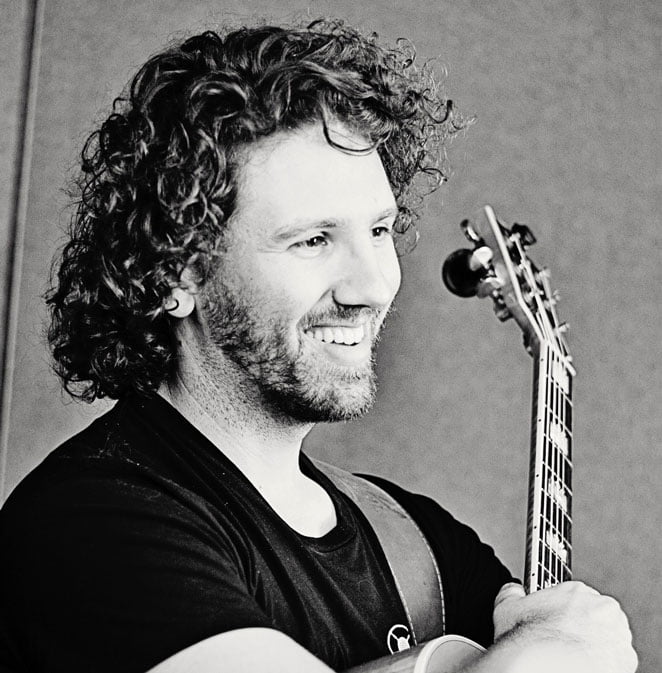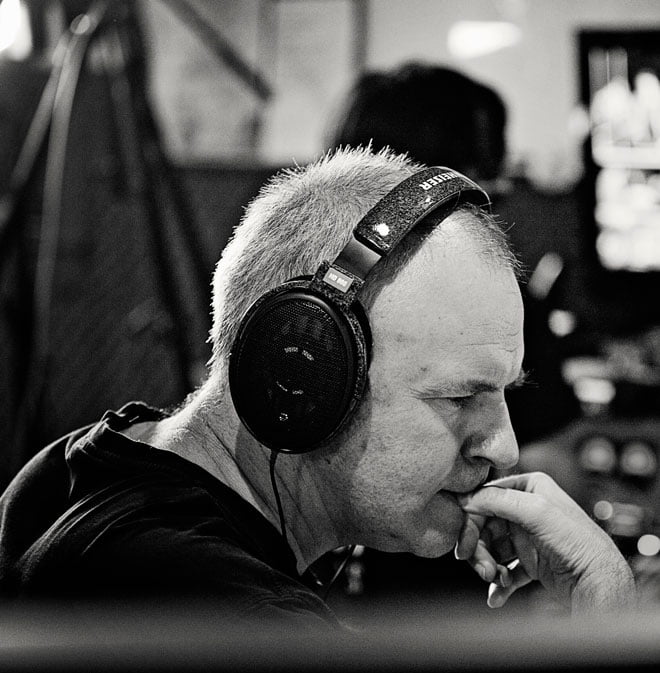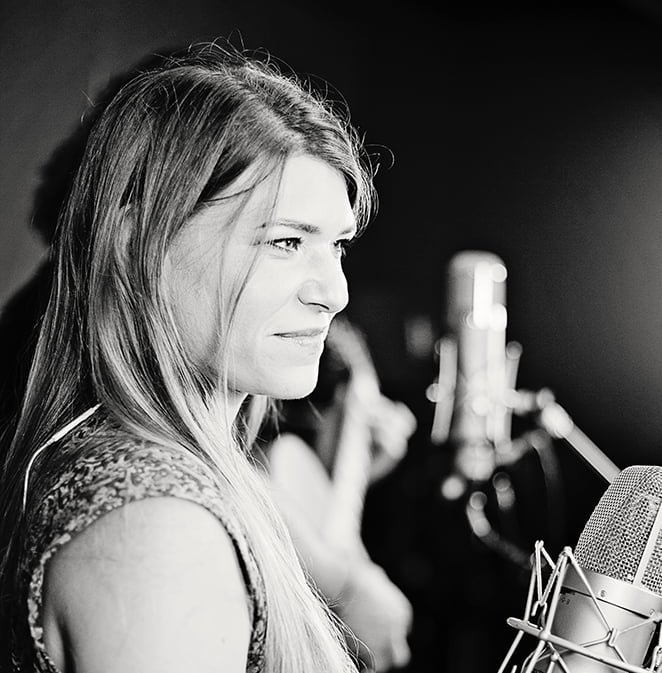Sound Engineers
Looking for the ultimate recording quality for your vocal? Contact us today!
Sound Engineers
What Sound Engineers do at Crash Symphony Productions:
With decades of career experience, the experts at Crash Symphony Productions pride themselves on providing the best professional sound engineering Sydney has to offer. We focus our services in voice recordings for the performing arts industry, music industry, and corporate sector.
With a background in Physics and mechanical engineering, James Englund advises thorough approaches to sound engineering not found in any other recording studio in Sydney. Crash Symphony Productions regularly maintain their vintage microphones and own the latest sound engineering equipment to cater to any project or event in the highest quality.
What are Sound Engineering practices? Sound engineering practices include Additional Dialogue Recording, Live Streaming, and Audio Restoration.
Additional Dialogue Replacement
During the production process of filming TV shows, movies, or advertisements, the audio quality can find itself in the backseat with the main focus on visuals. Unfortunately, this commonly results in poor quality audio as it is subject to interferences from the production crew and external factors of the environment.
How does sound engineering work in ADR? The Sound Engineers record the entire dialogue in the recording studio accompanied by recording engineers, mix engineers, and mastering engineers to produce the immersive cinema masterpieces audiences love.
The recording studio comes equipped with a green screen visual for the actors to reenact their voice recordings in real-time. In addition, we source the same sound engineering equipment used on the film set, such as the lapel, shotgun, and condenser microphones, to achieve a realistic recording in an acoustically isolated space.
Live Streaming
Virtual gigs are audiovisual concerts recorded by audio engineers and streamed online. Sound engineering applications combine HD video and audio into one signal and stream it worldwide.
Our sound technicians provide:
- Top-of-the-line sound engineering equipment.
- HD video cameras.
- Software specifically designed for high-definition video and sound streaming.
We can also record your live concert and produce it as a live album.
Audio Restoration
Listening to your classic tape, vinyl, and CD collections can give you powerful nostalgia trips. But as the years go by, these physical mediums can become damaged and degraded. Our sound engineers in Sydney can help you bring back those recordings to their former glory!
How does Sound Engineering work with Audio Restoration? Through the process of digitisation and sound restoration technology. Sound engineers use digitisation to convert the analog signal from old recordings into a digital signal which is then processed using sound restoration technology. Digitisation allows sound engineers to revive old recordings by removing distortion, eliminating background noise, and improving the quality of problematic recordings.
Crash Symphony Productions offer premium audio restoration services with the most sophisticated sound engineering technology.
Contact our sound engineers in Sydney on 0408 300 402 or info@crashsymphony.com.au for a free studio consultation to discuss your sound engineering needs today.
Expert Sound Engineers
Working with us means working with the best sound engineers in Sydney
The art of being an excellent sound engineer is not as prominent now that video has become the focus of our world. However, a top quality sound engineer can augment the quality of a production dramatically. When we record a vocal for music or a voice over for an ad we have the ability to enhance every aspect of that recording. The modern tools available to the twenty-first century sound engineer are truly remarkable. Staying on top of the rapid progress is very much a full time job. Let's take a quick look at what work is involved in producing an excellent vocal recording for a typical voice over job.
Our sound engineer will setup the session prior to the talent arriving. In the most extreme cases, often film ADR sessions, the project and microphones will need to be prepared first. Our clients, from film productions companies, are often located in another country like the USA, the UK, or somewhere in Europe. They will send the sound engineer the program material. This will be the video files with SMPTE timecode, the cue sheet, and all specifications required by our sound engineer to capture a similar sound to what was recorded on set.
Once these program elements are received our sound engineer in Sydney will go into Pro Tools and mark out all the cue points on the timeline of the film. Each entry point will have ADR beeps that will help the talent execute their lines in Synch with the film. In ADR the talent's job will be to lip synch in time with their delivery on set. By setting up the project prior to the talent arriving our sound engineer ensures that the session flows smoothly for the talent.
Often these "remote sessions" (where the directors and producers are overseas) are facilitated by software that helps us communicate with the overseas studios. Programs like Zoom and Source-Connect allow sound engineers in both locations to be actively involved in the session. The sound engineer overseas can literally press the recording button in one country and our software will obey the command here in Sydney. The directors and producers can watch the video content on their screen whilst listening to the audio being recorded by our sound engineers in Sydney. It's real-time. It's the modern way. It's remarkable!
In this example, an ADR recording session, the sound engineer would also need to setup two microphones. One would be a lapel mic, similar to what might have been used on set, and the other a shotgun microphone. These two microphones are setup by our sound engineer in Sydney in front of a screen. This is to allow the talent to clearly view the film as they are performing. An iPad is also positioned in close proximity to the microphones. This will have all the cue points and lines that the talent will be reading during the ADR recording session.
During the session the sound engineer will be facilitating the smooth capture of cue lines. They make sure that all the takes of each line are saved for future recall and re-listening, and can even cut recorded takes together to create a composite "best take".
Once the ADR session is complete the post-production work on the re-recorded lines begins. The amount of work that goes into the audio post-production is beyond the scope of this example. However, we can give a few examples of the kind of technology our sound engineer might decide to use on the recorded cue lines. There is software to reduce lip and mouth noises. Harsh sibilant frequency can be curtailed. The synch of the spoken lines can be further tightened by intelligent algorithms that look at the original "on set" spoken audio and literally stretch, cut, and compress lines recorded in our Sydney recording studio and make them even tighter. The list of tasks, options, and enhancements that our sound engineer can apply to a voice recording is enormous.

James Englund
Founder

Stewart Havill
Engineer/Producer

Borbala (Bobo)
Session singer and Admin

